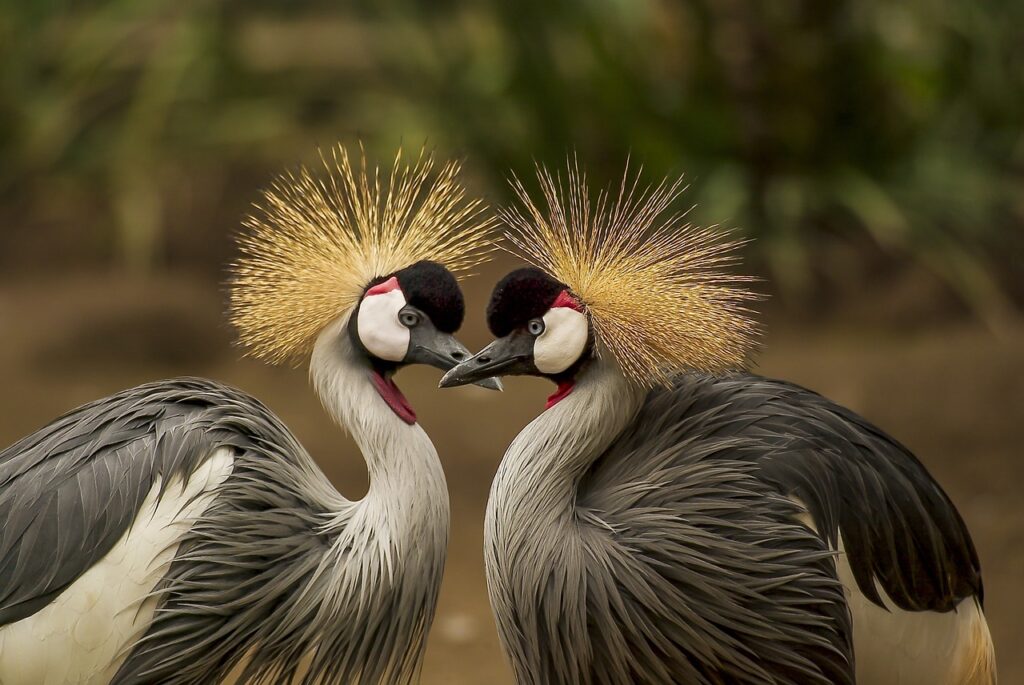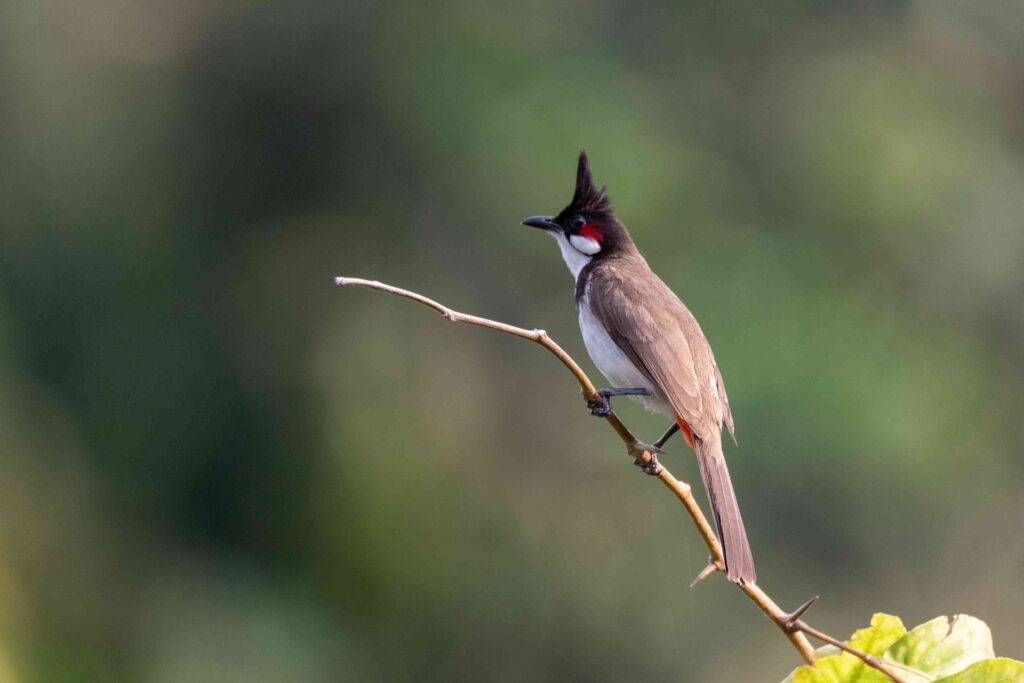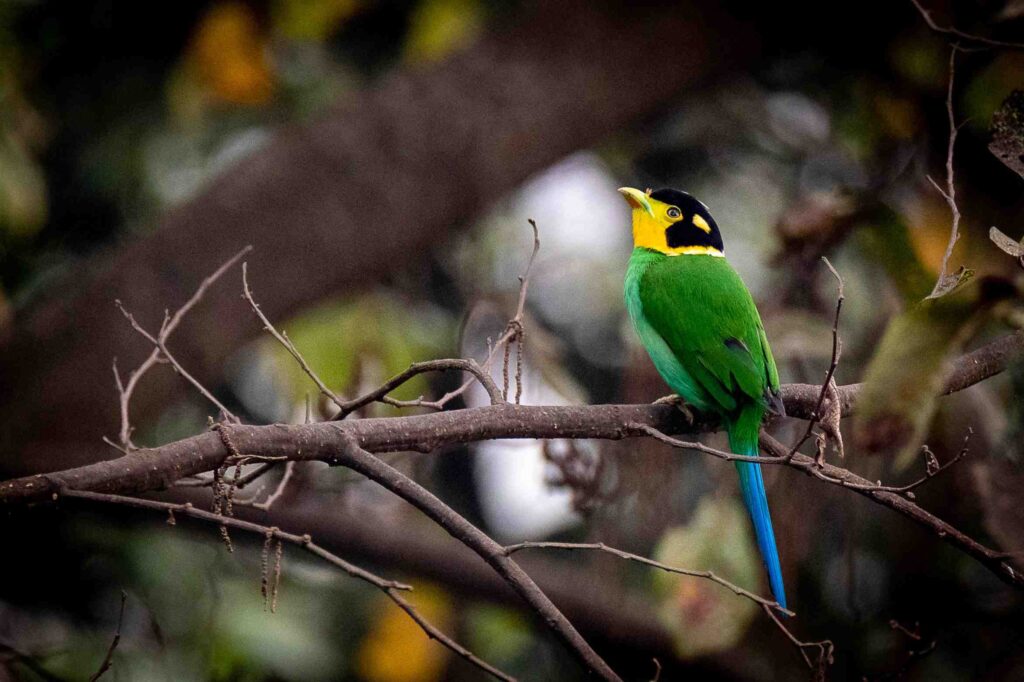Birds are a diverse group of creatures that have captivated humans for centuries with their beauty, grace, and fascinating behaviors. From their ability to fly to their intricate feathers and unique anatomy, birds possess a variety of characteristics that set them apart from other animals. In this blog post, we will explore seven key characteristics that define these remarkable avian species.
1. Feathers: Nature’s Masterpiece
Feathers are one of the most distinguishing features of birds. These remarkable structures are uniquely designed for flight, insulation, and display. Made of lightweight keratin, feathers provide the necessary lift and aerodynamic properties for birds to soar through the air. Feathers also play a role in courtship displays and species recognition.
2. Flight: The Sky’s the Limit
Flight is perhaps the most prominent characteristic associated with birds. Their lightweight bodies, streamlined shapes, and powerful wings allow them to take to the skies with agility and grace. While not all bird species can fly, those that do possess adaptations such as hollow bones, efficient respiratory systems, and strong muscles, enabling them to achieve astonishing aerial maneuvers.
3. Beaks: Versatile Tools
Birds have beaks instead of jaws, and these beaks come in a remarkable variety of shapes and sizes. Adapted for specific diets and lifestyles, beaks allow birds to perform a range of tasks, including feeding, preening, building nests, and even courtship displays. From the strong, hooked beak of a raptor to the slender, probing beak of a hummingbird, these specialized tools are vital for a bird’s survival.
4. Adaptations for Different Environments
Birds exhibit remarkable adaptations that allow them to thrive in diverse environments. From the desert-dwelling Sandgrouse with its specialized feathers that retain water to the Emperor Penguin’s thick layer of blubber for insulation in frigid Antarctic conditions, birds have evolved unique traits that help them survive and flourish in their respective habitats.
5. Vocalizations: A Language of Their Own
Birds communicate through a variety of vocalizations, ranging from melodic songs to distinctive calls. These vocalizations serve multiple purposes, including attracting mates, defending territories, warning of danger, and coordinating group activities. Each species has its unique repertoire of sounds, and birdwatchers often rely on these vocalizations for identification purposes.
6. Social Behaviors: Strength in Numbers
Many bird species exhibit complex social behaviors. From flocking and communal roosting to cooperative breeding and complex mating displays, birds showcase a wide range of social interactions. Some species form lifelong pair bonds, while others engage in elaborate courtship dances to attract mates. These social behaviors contribute to the survival and reproductive success of bird populations.
7. Migration: Epic Journeys
Migration is a remarkable characteristic observed in many bird species. Each year, millions of birds undertake long-distance journeys, traveling thousands of kilometers to reach their breeding or wintering grounds. Migration is driven by factors such as the availability of food, changes in seasons, and the need to find suitable nesting sites. Birds rely on their navigational abilities to navigate these epic journeys, often following well-established routes passed down through generations.
These seven characteristics provide a glimpse into the fascinating world of birds. From their feathers and flight to their beaks and social behaviors, birds exhibit a diverse array of traits that make them unique and captivating creatures. By understanding these characteristics, we can develop a deeper appreciation for the incredible adaptations and behaviors of the avian world.
So, the next time you observe a bird in flight, listen to its melodic song, or marvel at the intricate patterns of its feathers, remember the remarkable characteristics that make birds a true wonder of the natural world.




